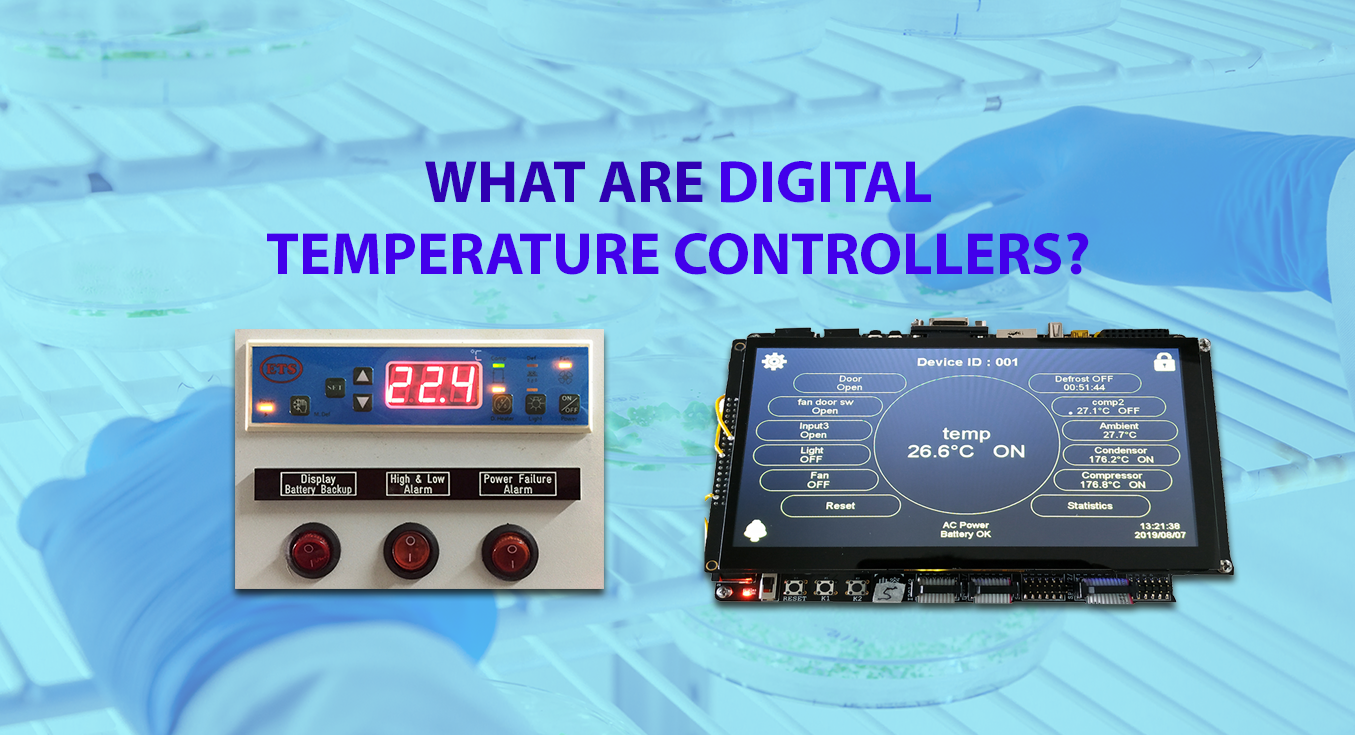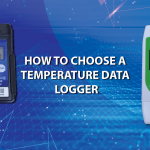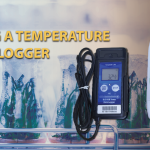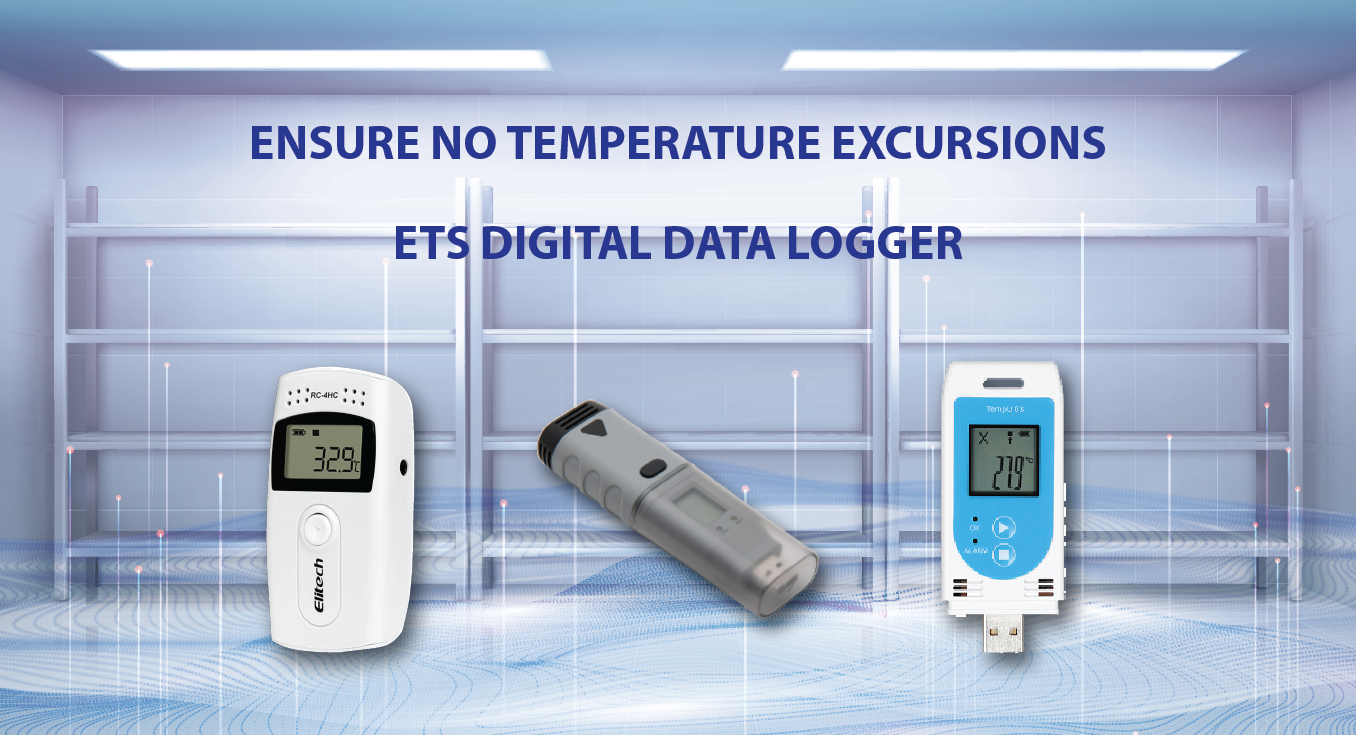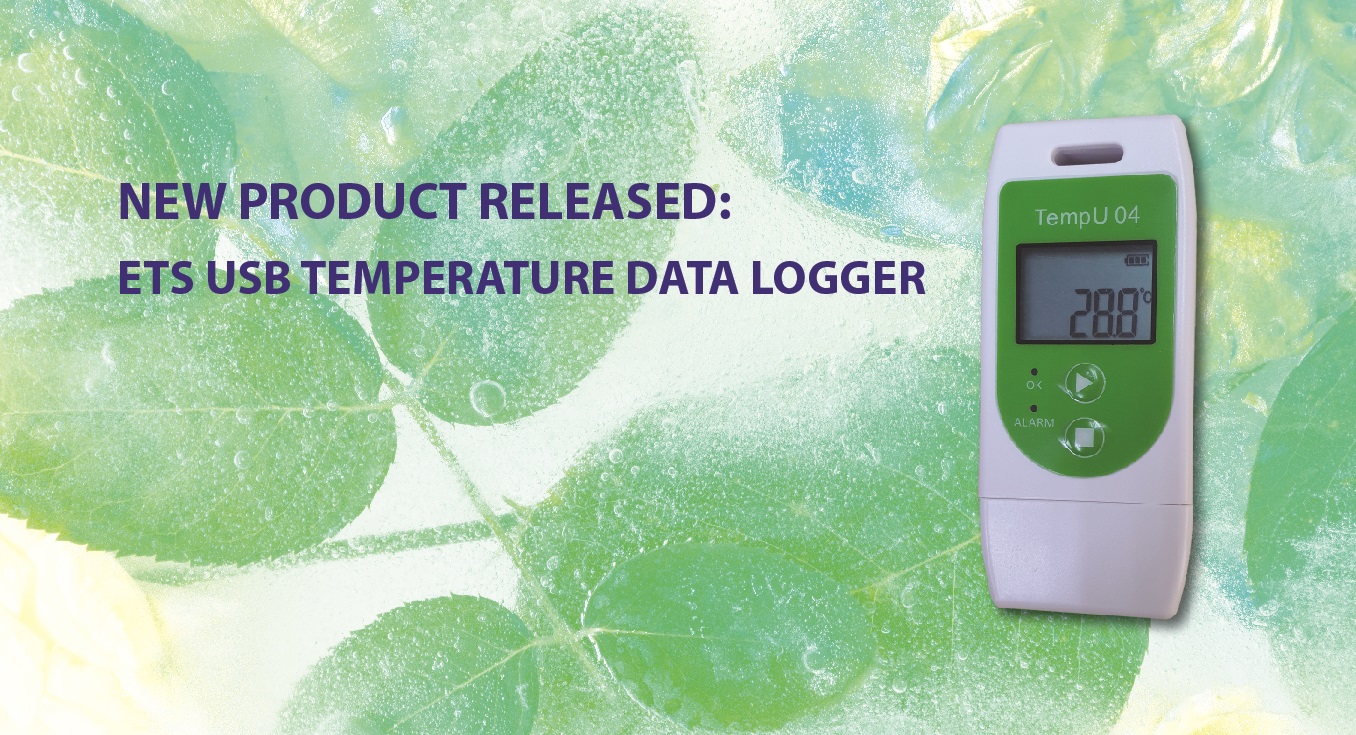In the world of temperature control, precision and accuracy are paramount. Temperature is a key factor across various industrial and scientific applications. In order to achieve the desired temperature, a digital temperature controller is a key tool. But what exactly is it, and how does it work?
A digital temperature controller utilises a microprocessor chip as the core component for regulating and monitoring temperature levels. This piece of equipment is designed to maintain a precise and stable temperature based on temperature feedback from a sensor and making the necessary adjustments to heating or cooling elements.
In applications where the quality or integrity of the manufactured product or conducted experiment is highly reliant on strict temperature control, a digital temperature controller is vital. This is especially so for applications involving blood banks, food storage and processing, packaging machines, thermos-forming machines, and plastic extrusion.
Digital temperature controllers come in a wide range of features and functions that extend their performance and utility. These include PID (Proportional-Integral-Derivative) control algorithms which allow the controller to respond quickly and accurately to temperature fluctuations, minimising overshoot and undershoot.
In addition, some digital temperature controllers may also have advanced features like ramp/soak profiles which allows for users to create complex temperature profiles with specific ramp rates and hold times. This would be applicable for situations where temperatures needed to be gradually increased or decreased at set levels.
A standard feature often seen on digital temperature controllers are programmable alarms and alerts that can notify operators. These actions can help to prevent potential damage or issues caused by extreme temperatures, and enables prompt corrective actions.
Another standard feature of digital temperature controllers are interfaces for data logging and remote monitoring. These interfaces allow the storage of temperature data for analysis, quality control and compliance purposes. Remote monitoring functions allow the access and control of the temperature controller from a distance, which enhances the convenience and flexibility of its usage.
In short, a digital temperature controller is a vital piece of equipment using a microprocessor chip to regulate and monitor temperature levels. With various features like PID control, ramp/soak profiles, alarms, and remote monitoring functions, digital temperature controllers are a powerful tool for precise and stable temperature control across a wide range of applications. Whether in laboratories, industrial processes, or commercial settings, digital temperature controllers hold a crucial role in ensuring optimal temperature conditions and enabling successful outcomes.
ETS TEMPERATURE CONTROLLERS
Our Temperature Controllers are designed to be used for applications which require accurate temperature control and consistent uniformity. They incorporate standard temperature control, alarm monitoring features, and remote monitoring functions.
Contact us for a quote or to answer any questions you may have.

